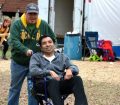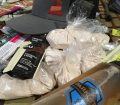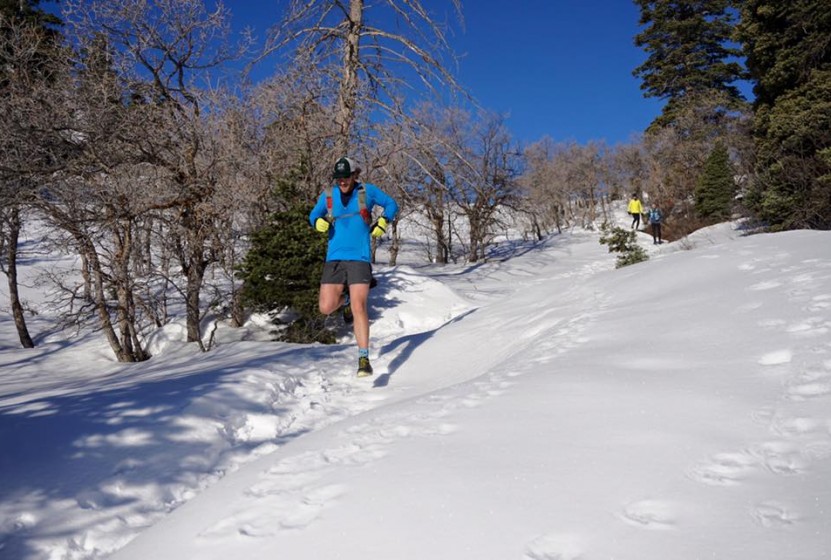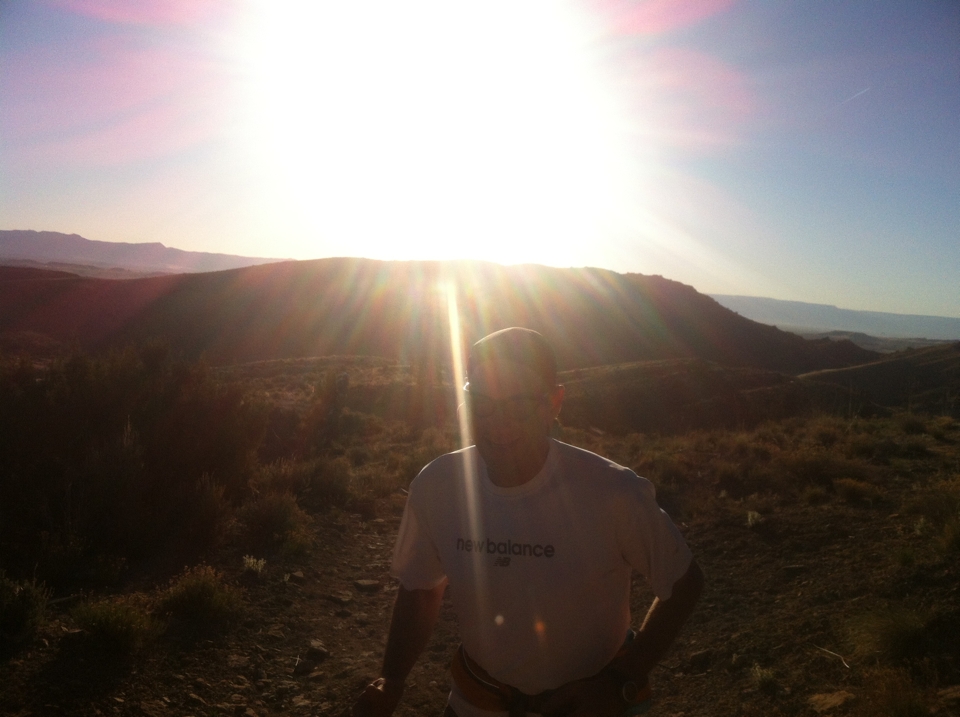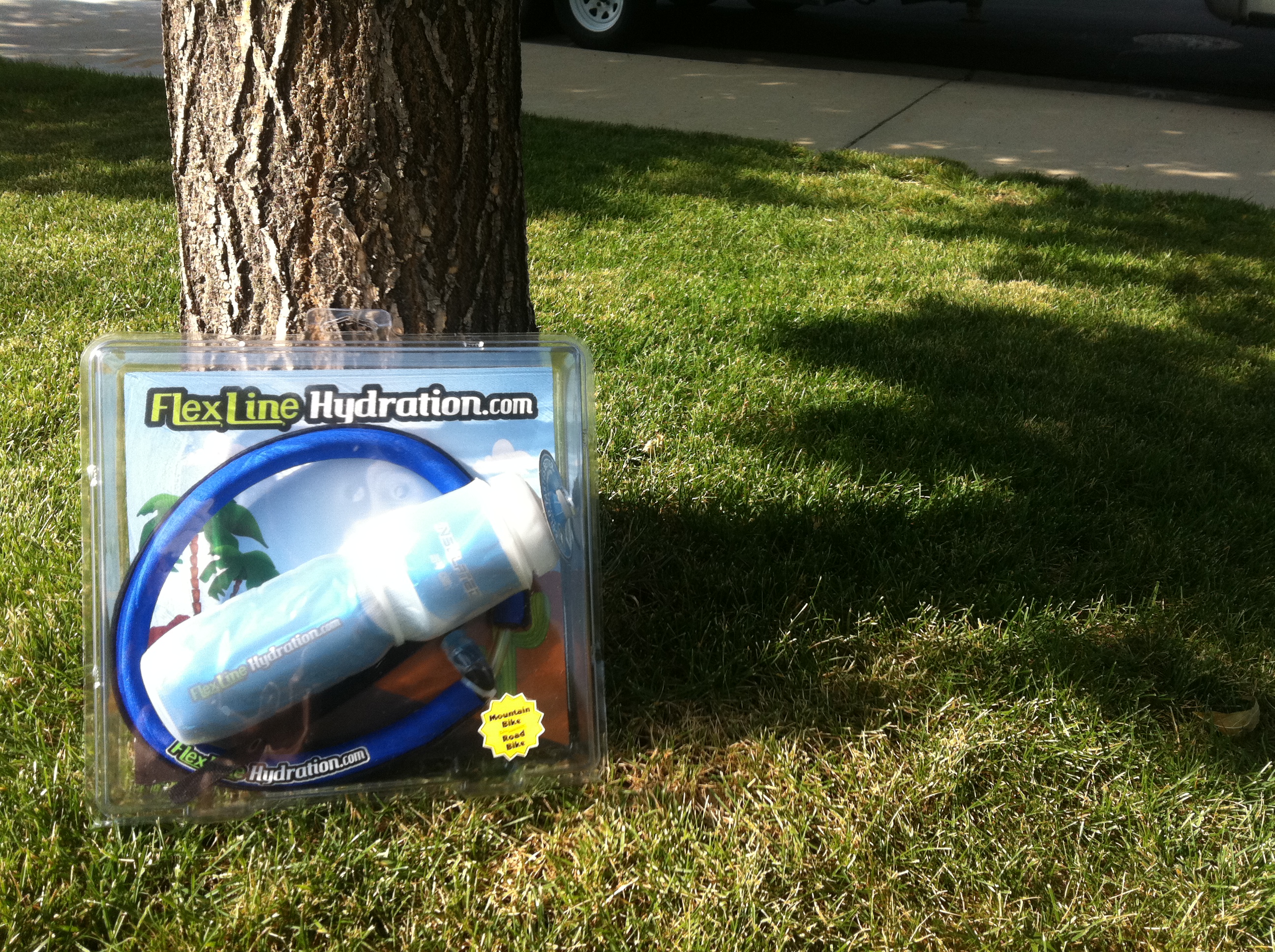With the exciting finish of the TNF races through the Marin Headlands, the last big race of the season is done and most of us are starting to wind down and focus on our off seasons. Traditionally, my off-season used to be exactly that… completely and totally off, eating all the things and only participating in marathons of the Netflix kind. But with a simple change in perspective, I have been able to make the most of that time to set myself up for greater success in my regular season.
Thinking of the time between your last race of the year and your first race of the new season as strictly an “off”-season is doing yourself a disservice. I’m sure you put in a lot of hard work and noticed some new abilities from all the training. Now why would you want to just throw that away and start over in a couple months?
Off seasons are a great time to set yourself up to enter the new season stronger than you started the previous year and roll as much of that fitness as you can into the new training cycles. For me, capitalizing on the down time using a two phased approach really helps me mentally wrap my head around what a good off-season should look like.
Phase One – TRANSITION PHASE
There comes a point in training or after big efforts where you are just DONE. It could be mental, physical or a little bit of both. This is when it’s time to transition from training and performance into a recovery based phase. I tend to start this phase immediately after my last race of the season or whenever I mentally (burnout) and/or physically (fatigue) start to lack during my weekly training.
Phase one of your off season is that temperate breath that stokes the glowing embers left from the hot burn of your training/racing. Be gentle with them and they can be the catalyst for the next season’s fire. Think of this as your forced time off to keep you happy and healthy for a long journey into the sport.
What this phase can look like:
- Sleep an extra hour every night since the body heals the most during REM
- Stay active and run only if and when you want, but NO structured training
- EAT! Gaining some weight is healthy (trust me, we’ll cover this in a little bit)
- Enjoy friends and family, they probably miss you
- Do NOT talk about/plan out/think about next season (with the exception of a couple lotteries if it’s that time of year).
Definitely stay active, but only run if and when you want to. It’s ok if you don’t or if you have an injury that won’t let you. This phase is only a couple weeks and you won’t lose too much fitness in such a small timeframe. But that doesn’t mean you shouldn’t keep the metabolism from shutting down. Get into a pool, do some high intensity work at a gym, play basketball or hop on spin bike if you aren’t keen on running right now. Just make sure to do something a once or twice a week to keep the body moving and active.
This phase can be different for everyone depending on previous volume, training cycles, any injuries, etc. I typically recommend anywhere from 2-6 weeks for this phase. In general, this phase is all about transitioning from heavy training into recovery and staying away from the sport to prevent complete burnout.
Enjoy this time and invest in some of the places in your life that get neglected during your racing season.
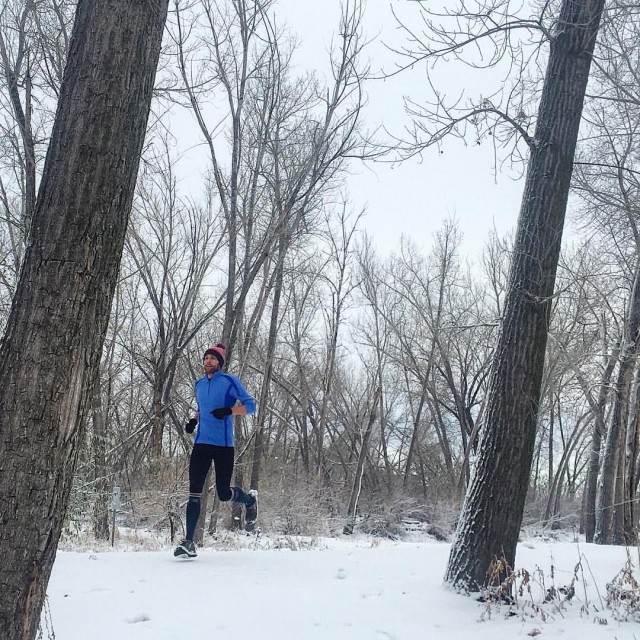
Phase Two– PREPARATION PHASE
This tends to be one of my favorite parts of training. You’ve rested and recovered. You don’t have any nagging pains or concerns anymore. You’re getting anxious and excited about the next season. Now it’s time to build the foundation that your entire year is going to rest on… better make it strong and sturdy!
So this part of training is all about preparation and setting yourself up for your next round of training cycles. I try to get about 6-8 weeks of this phase under my belt before I start transitioning into full-blown training. It’s kind of a lot to do so I like to cut it up into a few steps to it to make it flow a little smoother and much easier to digest.
Take a look back and reflect on your previous year. Find out what went right and what didn’t go so well. What race went the best for you? Why was that? What part of your season didn’t go so well and what could be done to prevent it from happening again? Was it mental? Physical? What about injuries? Where were you strong/weak? How did sleep and stress play into your season or affect your training? These are just a few of the things that you can ask yourself, but be sure to explore every aspect that you can think off so you have a list of bullet points to work on.
“A goal without a plan is just a wish”– someone smarter than me
Now look forward to the new season with all that information from last year and put together a race plan that fits to your goals, strengths and motivations. Do what makes the most sense and inspires you the most. Just because you’re better at flat running courses doesn’t mean you CAN’T challenge yourself if you’re motivated to get a belt buckle from a classic mountain course like Leadville or Wasatch. Just realize that it means you have to adapt your training in order to prepare for something that exploits your weaknesses. This is where hiring a coach for the season will REALLY come in handy. And don’t forget that you need enough time for proper recovery and training between each event!
Strengthening your weaknesses should be your biggest focus during this training period. Address all injuries and weaknesses with some strengthening. Focus on form during your training runs. See a physical therapist if you are having reoccurring injuries or something you just can’t quite figure out yourself. Investing a little time to fill in the cracks will pay huge dividends throughout the whole season. And rushing this part of the program will only get you back to needing time off sooner.
Build the machine! This is equal parts body AND engine. As endurance athletes, we spend so much time focusing on aerobic capacities during the seasons that we tend to lose muscle strength along the way. Also, running is a one-legged sport, so balance and ancillary muscle strengthening is going to help keep you injury free through a demanding year. Spend 2-3 days in the gym and equal days running with higher intensity and shorter miles being the focus there. This is a great time to focus on raising your VO2 max so you have a higher ceiling above you to work with in terms of a lactate threshold. Again, if any of those words were confusing, a coach might come in handy here to help you know how to efficiently spend time doing both body and aerobic strengthening.
Gaining weight is fine. A stronger body is also going to be more dense, so don’t be afraid of gaining a little weight. In fact, elite trainer and coach, Dr. Krista Austin, has her Olympic medal winning endurance athletes train in the off-season with healthy weight gains as a form of hypergravity training. Gaining weight has also been proven to improve mental health, physical recovery and sleep among endurance athletes. Giving up the stress of those strict diets and restrictions can also do a lot for the psyche… in other words, #TREAT’YO’SELF!
Off seasons are such tricky things. Most of us know how to run during the season and prepare ourselves for events, but rarely do we know what to do with ourselves when we don’t have training to focus on during the off-season. Each of these topics can seriously be a whole pages long discussion, but I wanted to give a broad overview of what I prefer my athletes and myself do for an off season that best prepares us for a new season of adventure and excitement.
Want more information or have questions? Comment below and I’ll be happy to answer them (as best I can given the forum).
Happy trails!
-“Sherpa” Zac

